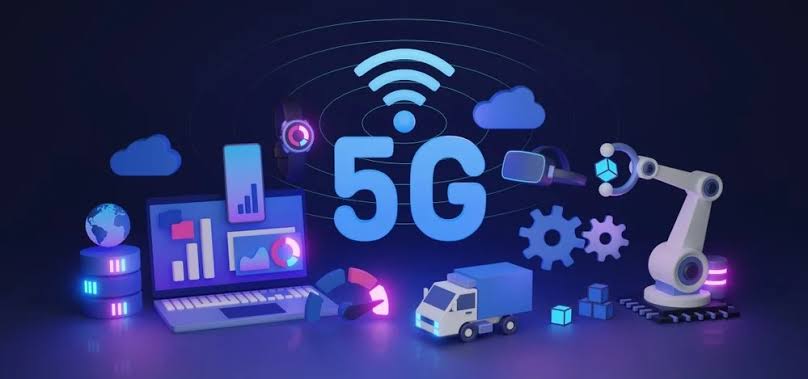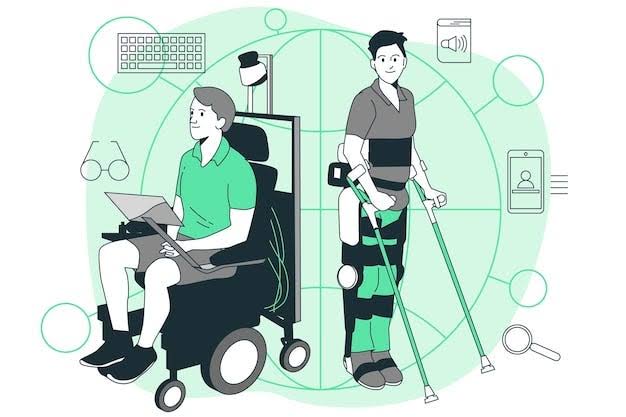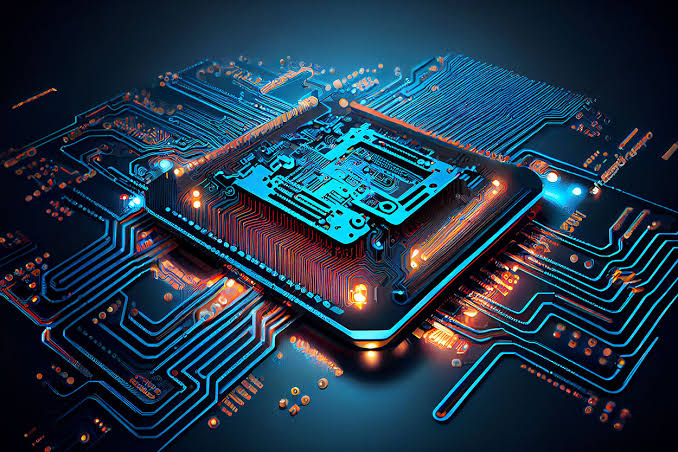The rollout of 5G networks is one of the most transformative advancements in modern telecommunications. For the Internet of Things (IoT), it is a technological leap that redefines how connected devices operate, communicate, and interact. As of 2025, the integration of 5G is accelerating the expansion and efficiency of IoT ecosystems across healthcare, manufacturing, agriculture, and smart cities. The impact is vast, shaping the future of automation, data transfer, and real-time responsiveness.
Significantly Faster Data Transfer Speeds
5G networks deliver data rates that are 10 to 100 times faster than 4G. This increase in speed dramatically enhances the performance of IoT devices that rely on real-time data processing.
- Smart home devices like cameras, voice assistants, and appliances now operate with virtually no delay.
- Industrial IoT applications benefit from seamless machine-to-machine communication, optimizing production and maintenance.
- Autonomous vehicles use real-time updates for navigation, traffic response, and system checks, supported by high-speed 5G connections.
This speed allows IoT devices to function more smoothly, providing quicker feedback and more accurate results.
Ultra-Low Latency Performance
Latency is the delay between a command and its execution. With 5G, latency drops to as low as 1 millisecond—an essential improvement for critical IoT applications.
- Remote surgeries and medical procedures become possible with near-instantaneous data transmission.
- Smart factories use robotic systems that respond immediately to commands without delay.
- Gaming devices, AR/VR headsets, and real-time simulations benefit from hyper-responsive interactions.
Low latency enhances safety, precision, and control, especially in industries where timing is crucial.
Support for Massive Device Connectivity
5G is designed to handle a much larger number of simultaneous connections than 4G. This is vital for the rapidly growing world of IoT, which includes billions of interconnected devices.
- Smart cities deploy thousands of sensors for traffic, waste management, utilities, and surveillance, all connected at once.
- Farms use IoT for irrigation, crop monitoring, and livestock tracking on a large scale.
- Large-scale logistics rely on connected vehicles and tracking systems without network congestion.
5G’s dense connectivity enables more devices to function efficiently within a single network, even in crowded urban environments.
Improved Energy Efficiency for IoT Devices
Power consumption is a major concern for IoT devices, particularly those operating in remote or inaccessible locations. 5G enables more efficient communication protocols, leading to better battery management.
- Devices send data in quick bursts and enter sleep mode sooner, conserving energy.
- Smart meters and remote sensors in agriculture or oilfields run longer on low power.
- Wearables like fitness trackers and health monitors benefit from longer battery life.
Energy efficiency ensures long-term sustainability and reduces the need for frequent maintenance or charging.
Enhanced Reliability and Network Stability
5G brings stronger and more stable connections, which is essential for mission-critical IoT operations. Reliable communication between devices means fewer outages, disruptions, or errors.
- Emergency systems and disaster response networks maintain consistent functionality during crises.
- Smart grid infrastructure operates with higher stability, reducing the risk of blackouts or power surges.
- Hospitals use dependable connections for life-saving IoT equipment such as ventilators and monitoring systems.
This reliability supports sensitive applications where any failure can have significant consequences.
Edge Computing Integration with 5G
The synergy between 5G and edge computing is driving the evolution of smart systems. Instead of sending all data to centralized cloud servers, processing is done closer to the data source.
- Smart security systems analyze video footage locally to detect threats in real-time.
- Manufacturing lines use AI at the edge to inspect product quality instantly.
- Transportation systems make immediate decisions based on localized data from nearby sensors.
This reduces latency further and minimizes bandwidth usage, making IoT operations faster and more autonomous.
Accelerating Innovation in All Sectors
The powerful features of 5G are opening up new possibilities for IoT applications that were previously limited by network constraints.
- In healthcare, connected devices enable real-time patient monitoring and AI-driven diagnostics in rural or mobile clinics.
- Retail stores use IoT to track inventory in real time, enhance the customer experience, and automate restocking.
- In homes, smart energy systems manage lighting, climate, and appliances based on usage patterns and external conditions.
5G provides the foundation for future innovations that require intelligent, responsive, and connected environments.
Enabling Next-Gen Consumer Devices
Consumers are already experiencing the benefits of 5G-enabled IoT gadgets in their daily lives.
- Smartwatches sync faster with phones, stream media, and provide accurate fitness data.
- Smart TVs, thermostats, and doorbells operate more efficiently through seamless cloud integration.
- Augmented reality and virtual assistants respond faster, making digital experiences more immersive.
As 5G continues to roll out globally, more next-generation devices will enter the market with enhanced capabilities.
Security Considerations and New Challenges
With increased connectivity comes increased vulnerability. 5G networks expand the attack surface for cyber threats, particularly in IoT.
- Devices must be equipped with stronger encryption and secure authentication methods.
- AI-driven security tools are needed to monitor large networks in real-time for anomalies.
- Governments and enterprises must create regulations and standards for secure 5G-IoT integration.
Ensuring cybersecurity will be key to maintaining trust and functionality in this highly connected landscape.
Conclusion
The fusion of 5G networks and IoT devices is not just an upgrade—it’s a complete reimagining of what’s possible in a connected world. From smarter cities to automated industries and advanced healthcare, 5G unlocks the full potential of IoT. As deployment continues in 2025 and beyond, industries must adapt quickly to harness the benefits, while also preparing for the new challenges that come with it. The future is here, and it’s connected faster, deeper, and more intelligently than ever before.




Nice read